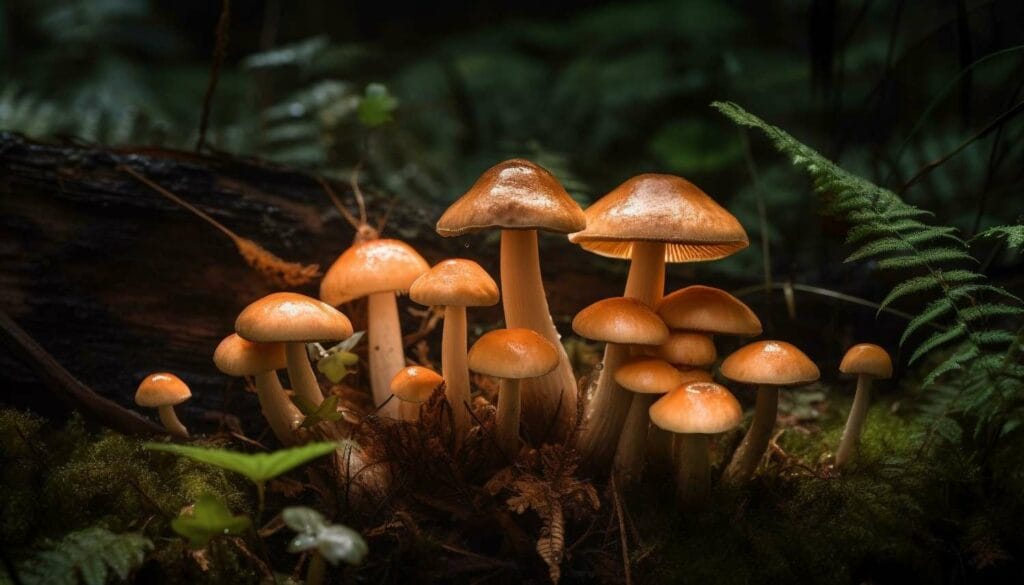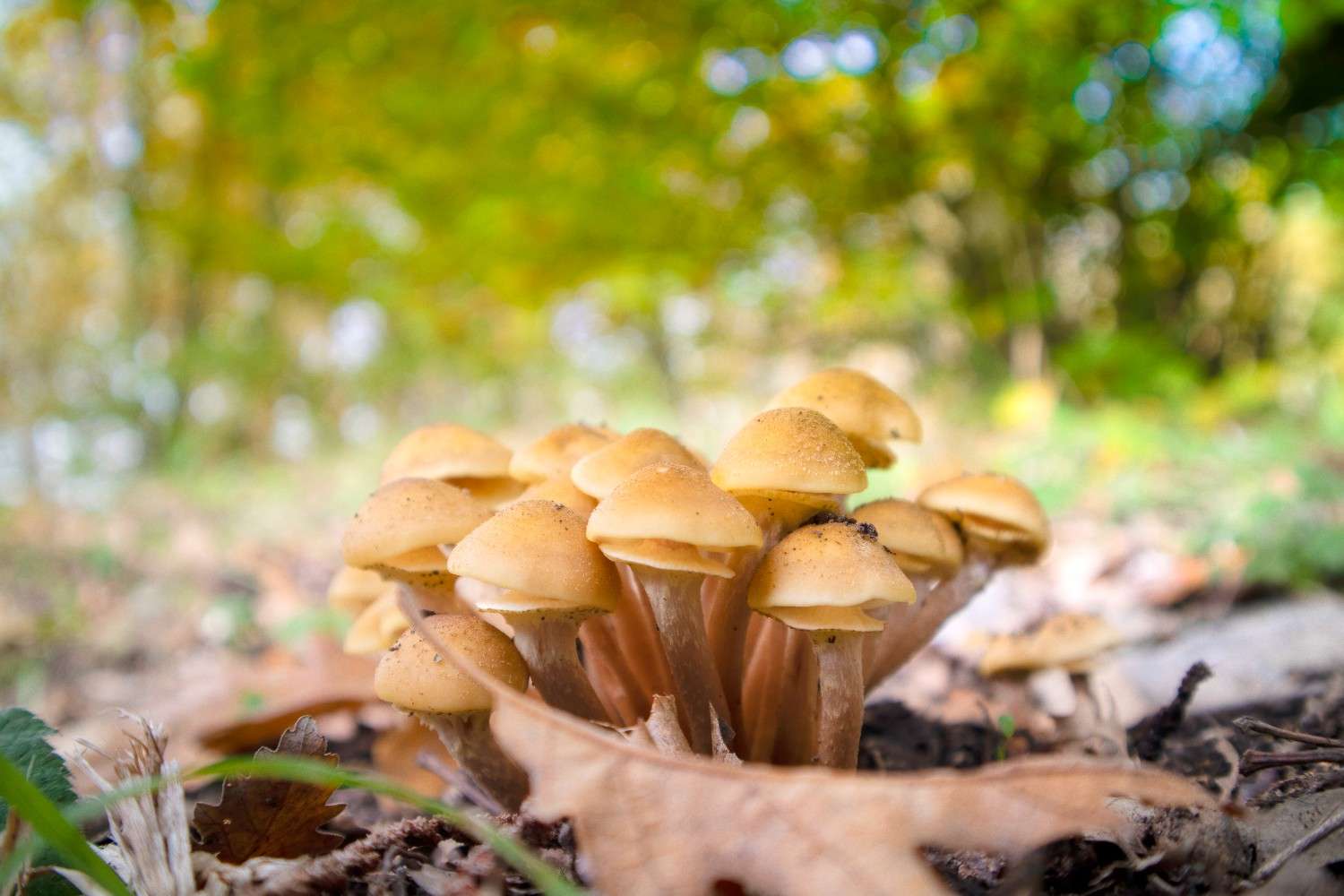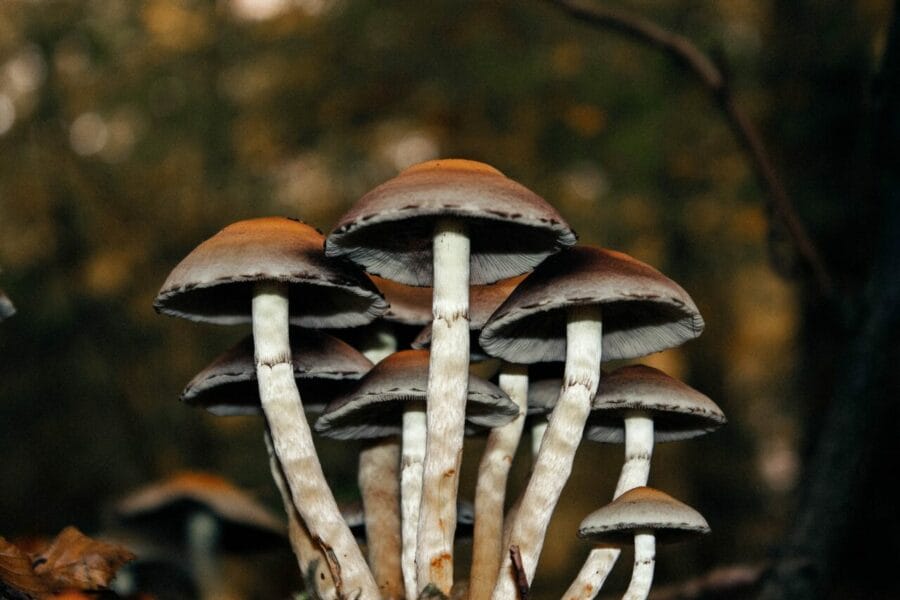Shrooms Canada has recently come into the limelight, garnering significant investments due to its potential medical applications, propelling scientific research, and fostering growing societal acceptance.
Two recent studies accentuate the prominence of psilocybin mushrooms as a commonly used psychoactive substance.
Eric Leas, an epidemiologist at the University of California, San Diego, noticed a 1,250% increase in microdosing-related online searches since 2015, with psilocybin outpacing LSD in 2019. Additionally, a study by the RAND Corporation indicates that about 3% of Americans, roughly 8 million adults, consumed psilocybin in the past year, making it the most popular hallucinogen in 2023.
Let’s explore the global fascination with shrooms.
[toc]
Understanding Microdosing
Psychedelic microdosing involves the intake of a small amount of a hallucinogenic substance with the aim to achieve a positive mental effect without experiencing a complete psychedelic trip. This often involves taking only 10-20% of a dose that would trigger a psychoactive response. The goal is to consume an amount of a psychedelic substance so small that it doesn’t significantly alter consciousness.
Historically, small doses of magic mushrooms and peyote were used to relieve physical discomfort and promote overall wellness. The practice of microdosing expanded to include LSD in the 1960s as people began to use it to boost cognitive performance and creativity.
Today, microdosing also includes substances like MDMA, Ritalin, cannabis, and ketamine, which can cause hallucinations at higher doses but do not induce a psychedelic experience when microdosed.
Comparing Microdosing and Full Dose Experiences
| Aspect | Microdosing | Full Dose (Psychedelic) |
| Dosage | 0.1 to 0.3 grams of dried mushrooms | 1 to 3 grams or more of dried mushrooms |
| Frequency | Regular (e.g., every few days) | Occasional |
| Duration of Effects | Little to no interference with daily tasks | Altered perception persists for 4-6 hours |
| Sensory Impact | Hallucinations (altered or fabricated sensory experiences), intensified emotions and sensory reactions (brighter colors, enhanced sounds), and synesthesia (such as “seeing” sounds or “hearing” colors) | Slight alterations in senses, subtle mood and perception changes, and enhanced concentration and creativity |
| Physical Impact | Minimal to no physical impact | Increased energy and heart rate, along with potential nausea |
The Rise of Psilocybin Microdosing
Approximately half of the users who consumed psilocybin over the last year chose to microdose. This practice, popular among tech industry workers and suburban mothers, involves taking 1/10 to 1/20 of a full dose. Most microdosers take psilocybin only once or twice a year, with a small 11% using it more than six times. Over half favor whole or dried mushrooms, while the rest prefer processed forms such as chocolate bars or teas.
The interest in microdosing is tied to the changing laws regarding cannabis and psychedelics. States like Oregon and Colorado, where plant-based psychedelics have been decriminalized, show the most interest in microdosing.
Studies indicate an increase in psilocybin usage, especially in nightlife settings, where it competes with drugs like ecstasy and ketamine. One study estimated that 5.5 million adults used hallucinogens in 2019, with a significant surge in LSD usage.
Key Influences on the Growing Microdosing Trend
The RAND survey highlighted the top three reasons why Canadians consume psilocybin:
Enjoyment and Social Engagement
Many Canadians take these psychedelic mushrooms for recreational purposes, seeking a unique, collective experience. The communal nature of consuming psilocybin at group events or social gatherings adds to its appeal.
Mental Health
A significant portion of users turn to psilocybin for its potential mental health benefits. In fact, an observational study in Nature-Scientific Reports Trusted Source suggests that microdosing psilocybin mushrooms
Microdosing can contribute to the improvement of mental health disorders. Recent studies have shown that individuals who microdose have reported a reduction in symptoms of depression, anxiety, and stress compared to those who do not microdose.
Psilocybin Extracts
Psilocybin extracts are a concentrated form of the compound, ensuring a more uniform and precise dosage.
- Preparation Method: Psilocybin is extracted from the mushrooms using solvents like alcohol.
- Dosage: Extracts are measured in milligrams, ranging from 1 to 10 milligrams per microdose.
- Intake Method: It can be consumed directly, mixed with beverages, or encapsulated.
Psilocybin Edibles
Edibles offer an innovative method to microdose by incorporating psilocybin into food items like chocolates, gummies, or other treats.
- Preparation Method: Psilocybin is mixed into edible products during cooking or manufacturing.
- Dosage: Each edible contains a specific amount of psilocybin, ensuring a consistent dose.
- Intake Method: Consumed like any normal food item, often flavored to mask the taste of the mushroom.
Psilocybin Tinctures
Tinctures are liquid extracts that offer flexible dosing and facilitate easy absorption.
- Preparation Method: Psilocybin is extracted into an alcohol or glycerin base.
- Dosage: Measured in drops or milliliters, providing accurate control over the dosage.
- Intake Method: Administered sublingually or added to a drink.
Psilocybin Teas
Tea is a traditional means of consuming psilocybin, providing a soothing and tranquil experience.
- Preparation Method: Dried mushrooms are steeped in hot water, often with additional herbs or flavorings to improve the taste.
- Dosage: The strength of the tea is dictated by the amount of mushrooms used. Common microdoses usually range between 0.1 and 0.3 grams.
- Consumption Method: It can be consumed like any other herbal tea.
Choice of Products at Shrooms Canada
| Product | Category | Dosage | Time to Take Effect | Duration | Effects |
| Trans Envy Magic Mushrooms | Psilocybin Mushrooms | Typically, a microdose ranges from 0.1 to 0.3 grams. | 30-60 minutes | 2-4 hours | Improves mood, triggers visual alterations, encourages introspection |
| Kind Stranger – Microdose Capsules | Psilocybin Capsules | 1 capsule is equivalent to 250 mg (15 capsules per bottle). | 30-60 minutes | 2-4 hours | Boosts clarity, creativity, concentration, and reduces stress |
Important Summary
The global trend of microdosing psilocybin mushrooms, with Canada leading the way, represents a significant shift in the understanding and use of psychoactive substances. As research continues and regulations evolve, the potential therapeutic benefits of psilocybin could revolutionize the treatment of various mental health conditions and promote overall wellbeing.
Frequently Asked Questions
What are the Essential Tips for Microdosing?
- Use an accurate scale if you don’t have a pre-measured dose.
- Initiate the dosage on a regular, peaceful day when you’re feeling good.
- Ensure your environment is safe and devoid of distractions.
- Follow your chosen protocol consistently for 4-10 weeks.
- Start with a minimal dosage and fine-tune it based on the effects you observe.
- Take your microdose in the morning to avoid interfering with your sleep cycle.
- Initially, steer clear of alcohol and other psychoactive substances. However, CBD may be beneficial.
- Keep a record of your microdosing regimen in a journal, noting down the dosage, time, diet, activities, and observed effects.
- Be patient and allow the microdosing process to unfold gradually over time.
Grasping the Fadiman Protocol
The Fadiman Protocol, a microdosing strategy developed by psychologist James Fadiman, recommends taking a microdose on day one, followed by two days of abstaining. This cycle is repeated for a period ranging from 4 to 10 weeks.
The principal objective of this protocol is to enforce a balanced approach to microdosing. It helps in avoiding tolerance build-up and allows the body to recover between doses. This balance ensures that the benefits of microdosing are sustained without a drop in effectiveness over time.
Unraveling the Stamets Stack Protocol
The Stamets Stack Protocol, conceived by mycologist Paul Stamets, suggests taking doses for four consecutive days, followed by a three-day pause. The uniqueness of this protocol lies in the integration of supplements like Lion’s Mane mushroom and Niacin.
Lion’s Mane is valued for its potential to boost neurogenesis, while Niacin is utilized to enhance absorption. Similar to the Fadiman Protocol, this regimen lasts for 4 to 10 weeks. The combination of substances in the Stamets Stack is designed to improve cognitive function and support brain health.
Articles that might interest you:




